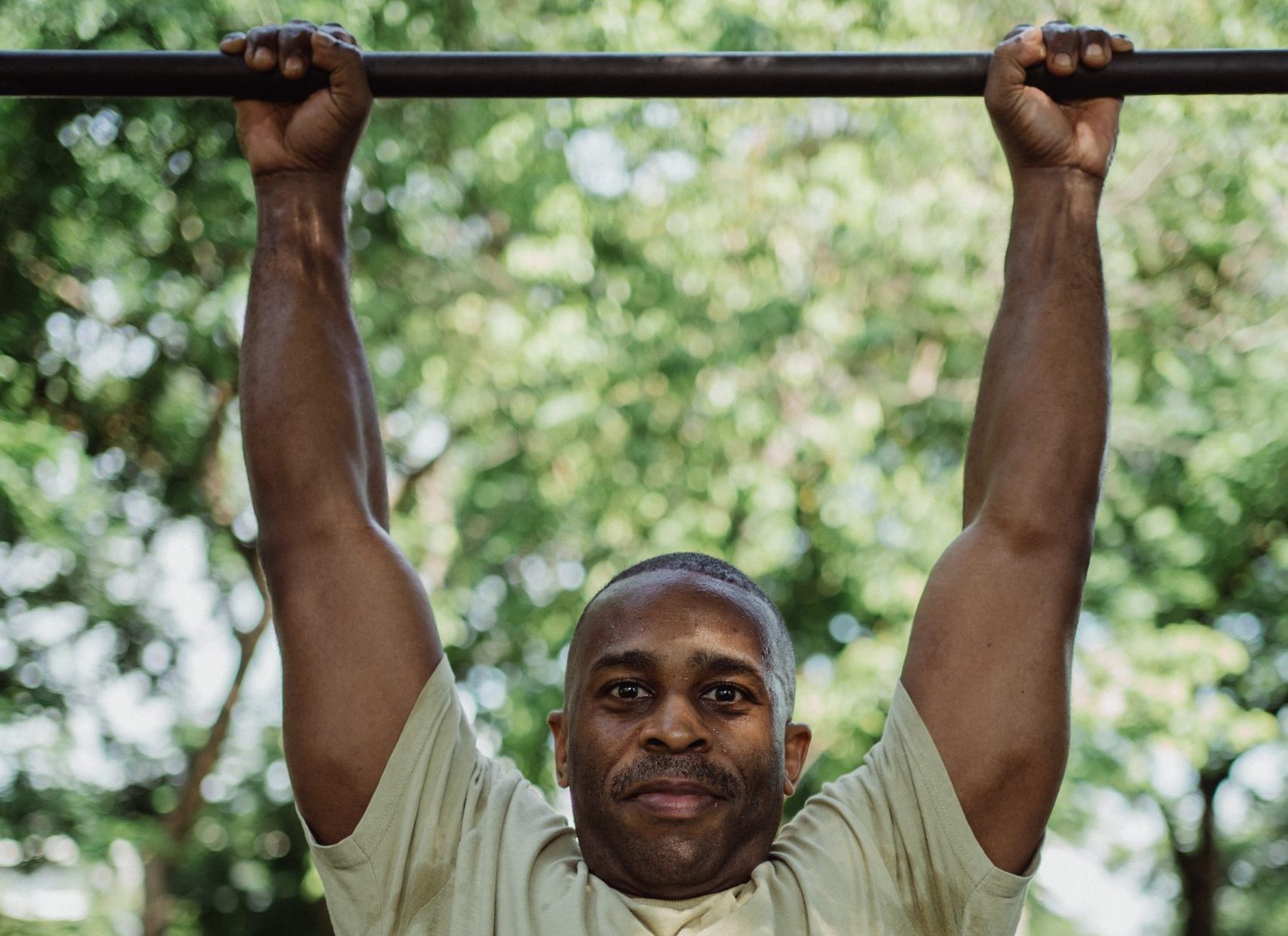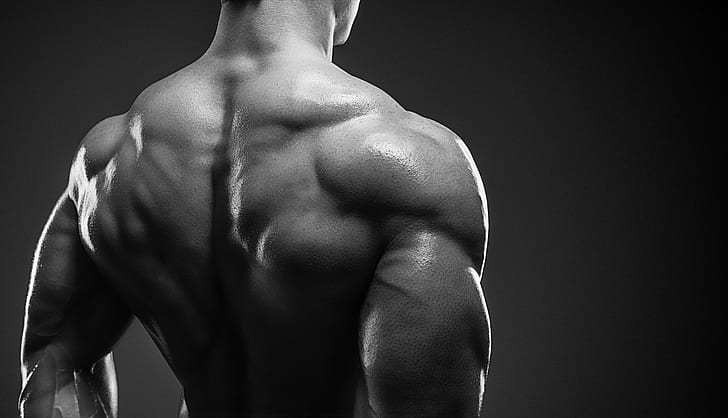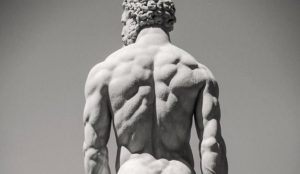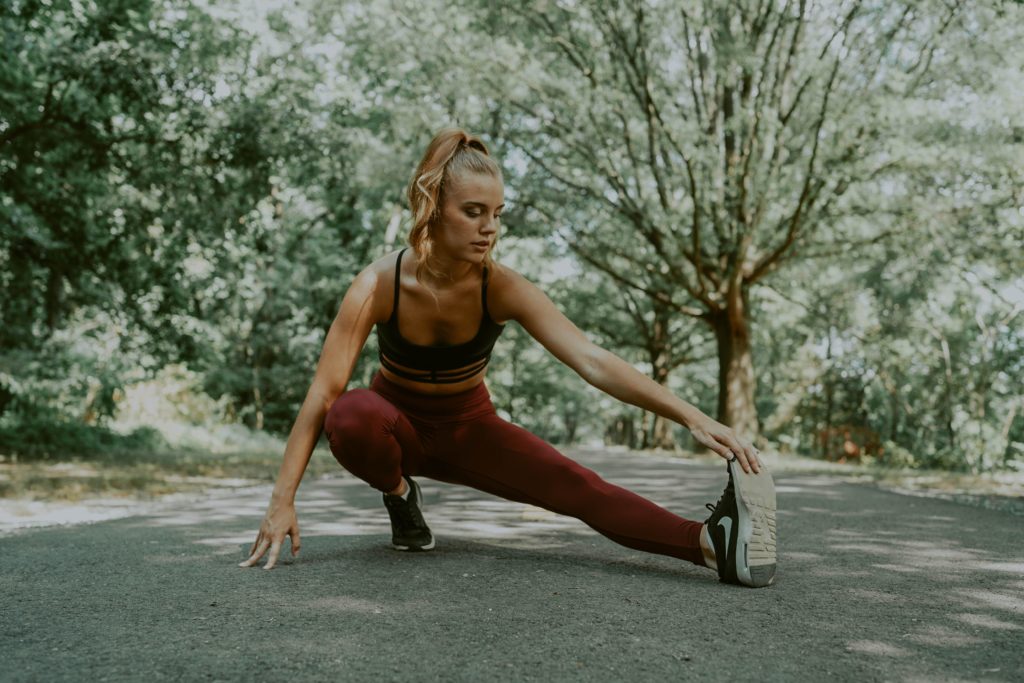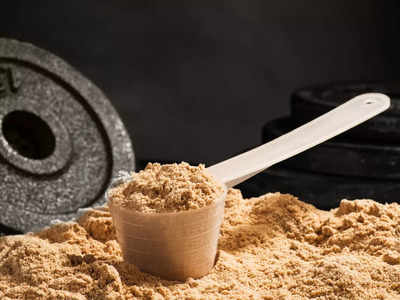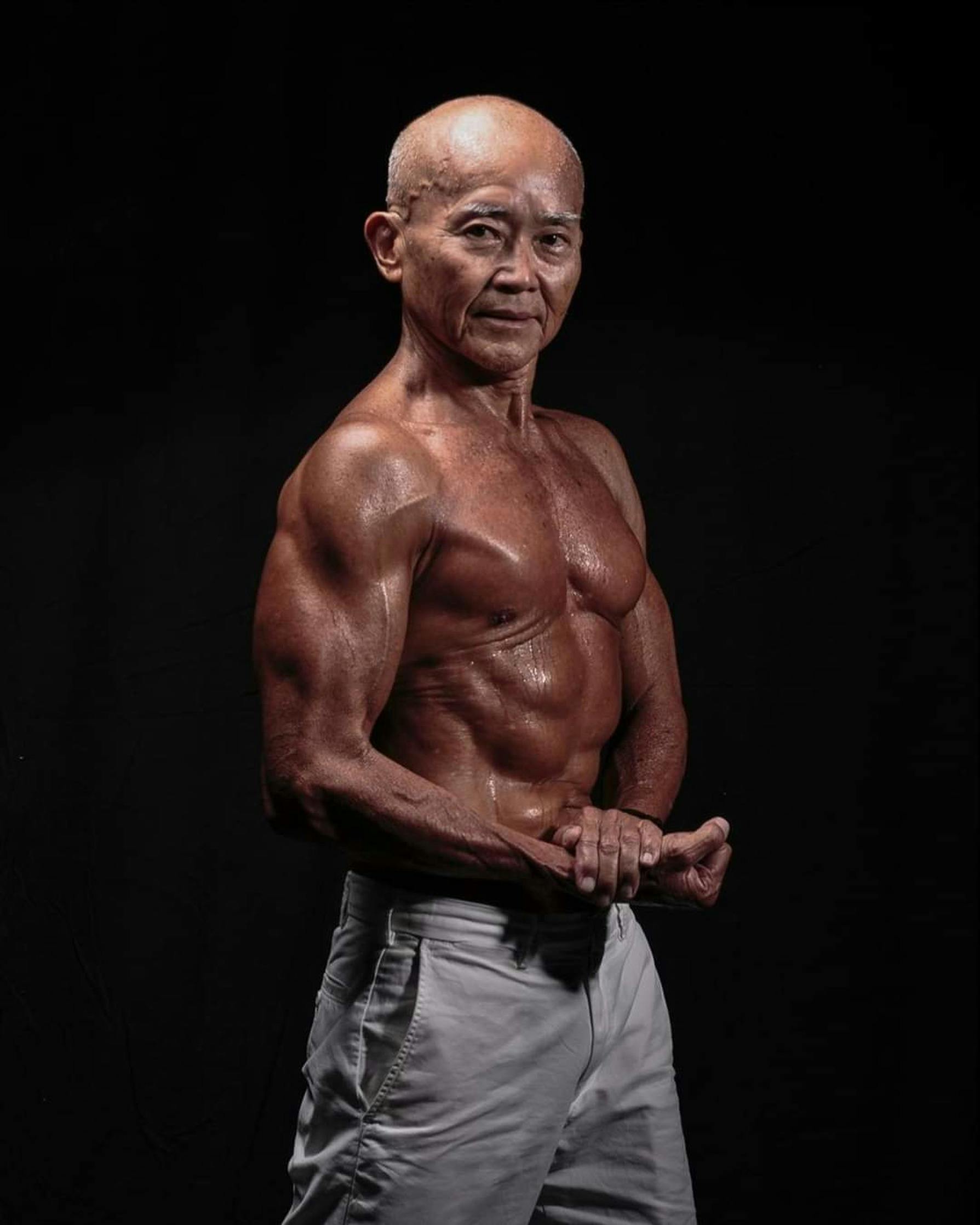The benefits of dead hangs for shoulder health
What are dead hangs?
A dead hang is a bodyweight exercise where you hang from a bar with your arms fully extended and your feet off the ground. It is called a “dead” hang because you do not swing or generate momentum during the exercise – you hold your body still while simply hanging from the bar with a firm grip.
Why do dead hangs?
There are several benefits to incorporating dead hangs into your fitness routine:
Improved grip strength
One of the primary benefits of dead hangs is improved grip strength. Grip strength is important for activities such as lifting weights, carrying groceries, and even holding onto handrails. As you hang from the bar, your forearms and hands have to work to hold your body weight, which builds grip strength over time. If you want popeye arms, this will help!
Increased shoulder and arm strength
Dead hangs strengthen the muscles in your shoulders and arms. As you hang from the bar, your biceps, triceps, and shoulder muscles all have to work to support your body weight. Regularly incorporating dead hangs into your routine can lead to increased upper body strength and improved all-over arm and shoulder muscle definition.
Improved posture
Dead hangs are great for improving posture by strengthening the muscles in your upper back and shoulders and aligning the spine. Poor posture leads to muscle imbalances and potentially back problems. By stretching your body and strengthening your upper back muscles, dead hangs improve your posture while reducing risk of muscle imbalances and injuries.
Improved flexibility
In addition to strengthening your upper body muscles, dead hangs also improve flexibility in your shoulders and arms. As you hang from the bar, your shoulder joints get a great stretch. Improved flexibility reduces risk of muscle strains and injuries during other physical activities, such as weightlifting.
Increased mental toughness
Finally, dead hangs can help to increase mental toughness! Hanging from a bar for extended periods of time can be physically and mentally challenging. This is why it’s so often used in military training. By pushing yourself to hang for longer periods of time, you can build your mental toughness and resilience.
How to do dead hangs
To do a dead hang, you will need a bar or other horizontal structure you can hang from safely. You can use a pull-up bar, monkey bars, or even a tree branch.
To start, stand facing the bar and reach up to grab it with an overhand grip (palms facing away from your body). Your hands should be slightly wider than shoulder-width apart. Engage your core and keep your body straight as you lift your feet off the ground and let your body hang. Keep your shoulders relaxed and try to hang for as long as you can. As you get stronger, you can increase the duration of your hangs or try incorporating other variations such as one-arm hangs – advanced stuff!
It is important to start slowly and gradually increase the duration of your hangs as you get stronger. If you are new to dead hangs, you may want to start by hanging for just a few seconds at a time and gradually working up to longer hangs. It is also important to listen to your body and stop if you feel any pain or discomfort.
Conclusion
Dead hangs are a simple but highly effective bodyweight exercise that can provide a variety of benefits for your overall physical and mental health. By incorporating dead hangs into your fitness routine, you can improve your grip strength, upper body strength, posture, flexibility, and mental toughness. They’re great for the shoulders, and can help ward off shoulder problems. So next time you are looking for a new exercise to try, consider giving dead hangs a go!

